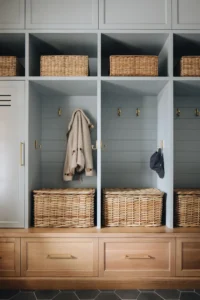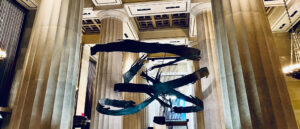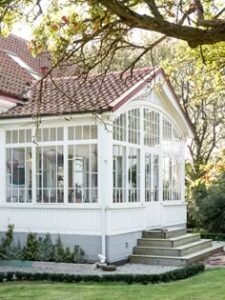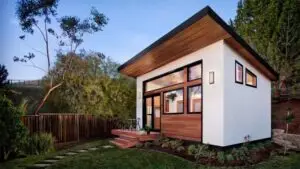Encaustic tiles are a captivating form of decorative tiling that has evolved over centuries, blending artistry with functionality. These tiles, whether fashioned from ceramic, clay, or cement, are renowned for their intricate designs and vibrant colors, making them a beloved choice for enhancing interior and exterior spaces.
Historically, encaustic tiles have roots dating back to medieval times, where they were known as ‘inlaid tiles’. The term ‘encaustic tiles’ emerged during the Victorian era in the 19th century, albeit somewhat erroneously. Originally, ‘encaustic’ referred to a painting technique utilizing beeswax-based paint, rather than the manufacturing process of these tiles. However, the Victorians, inspired by the resemblance of two-color tiles to enamel work, embraced the term ‘encaustic’ nonetheless.
Encaustic tiles are distinguished by their method of design integration. Unlike traditional glazed tiles, where the pattern is a product of the glaze, encaustic tiles derive their design from differently colored clays. This method allows for a depth of color and detail that remains intact even as the tile wears down. Typically featuring two colors, though occasionally up to six, encaustic tiles exhibit patterns embedded into the tile itself, ensuring longevity and durability.
Throughout history, encaustic tiles have experienced two significant periods of popularity. The first wave occurred during the medieval period, spanning from the 13th to the 16th century. These tiles adorned the floors of churches, palaces, and homes, adding beauty and elegance to architectural spaces. However, the English Reformation under Henry VIII led to the removal of much medieval church decoration, including encaustic tiles, marking the end of this era of popularity.
The second surge in popularity came during the Gothic Revival era, as craftsmen rediscovered and revived the art of encaustic tile production. Innovations in manufacturing techniques allowed for mass production, making encaustic tiles more accessible to the general public. England emerged as a hotspot for encaustic tile production, with notable manufacturers producing a wide array of designs and styles. Additionally, the United States joined the trend, with companies like the American Encaustic Tiling Company producing tiles that rivaled their European counterparts.
Despite their popularity, encaustic tiles faced a decline in the early 20th century with the advent of cheaper alternatives such as glass tiles. By the 1930s, glass tiles had become the preferred choice for many homeowners and builders, leading to a decrease in demand for encaustic tiles. However, in recent years, there has been a resurgence of interest in encaustic tiles, fueled by a renewed appreciation for their craftsmanship and aesthetic appeal.
Since around 2015 or so, encaustic tiles have made a comeback, gracing the floors, walls, and backsplashes of homes and commercial spaces worldwide. Modern manufacturing techniques have expanded the range of available designs and colors, allowing for greater customization and versatility. From classic geometric patterns to intricate floral motifs, encaustic tiles offer a timeless elegance that complements a variety of architectural styles and interior design themes.
In contemporary interior design, encaustic tiles are prized for their ability to add character and personality to any space. Whether used as a focal point in a room or as a subtle accent, encaustic tiles can transform ordinary surfaces into works of art. Their versatility extends beyond floors to walls, countertops, and even furniture, making them a versatile choice for designers and homeowners alike.
Encaustic tiles are particularly well-suited for high-traffic areas such as entryways, kitchens, and bathrooms, thanks to their durability and resistance to wear and tear. Their non-slip surface makes them ideal for wet areas, providing both safety and style. Additionally, encaustic tiles are easy to clean and maintain, requiring only regular sweeping and occasional mopping to keep them looking their best.
The resurgence of encaustic tiles has sparked a renewed interest in traditional craftsmanship and artisanal techniques. Many manufacturers are embracing sustainable practices and eco-friendly materials, ensuring that encaustic tiles remain a timeless and environmentally conscious choice for discerning consumers.
Encaustic tiles are a timeless and versatile choice for adding beauty and character to any space. With their rich history, intricate designs, and enduring appeal, encaustic tiles continue to captivate and inspire designers, architects, and homeowners around the world. Whether used in historic restoration projects or contemporary renovations, encaustic tiles offer a blend of artistry, craftsmanship, and functionality that stands the test of time.
All problems have a solution, and if you’re thinking about remodeling your basement or adding a home addition, kitchen remodel, or bathroom remodel, Aureli Construction can help you out. Call us for a free consultation. 617.480.6836 or email at info@homeadditionma.com www.aureliconstruction.com






